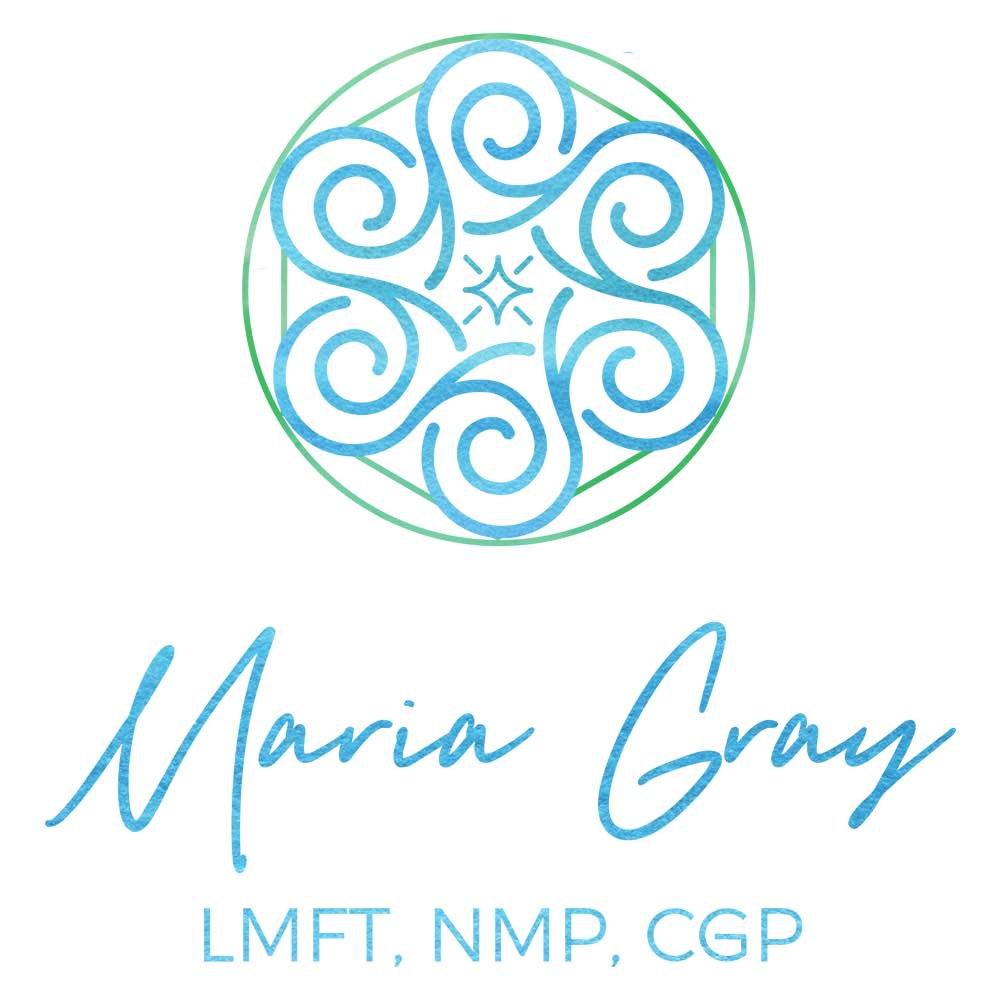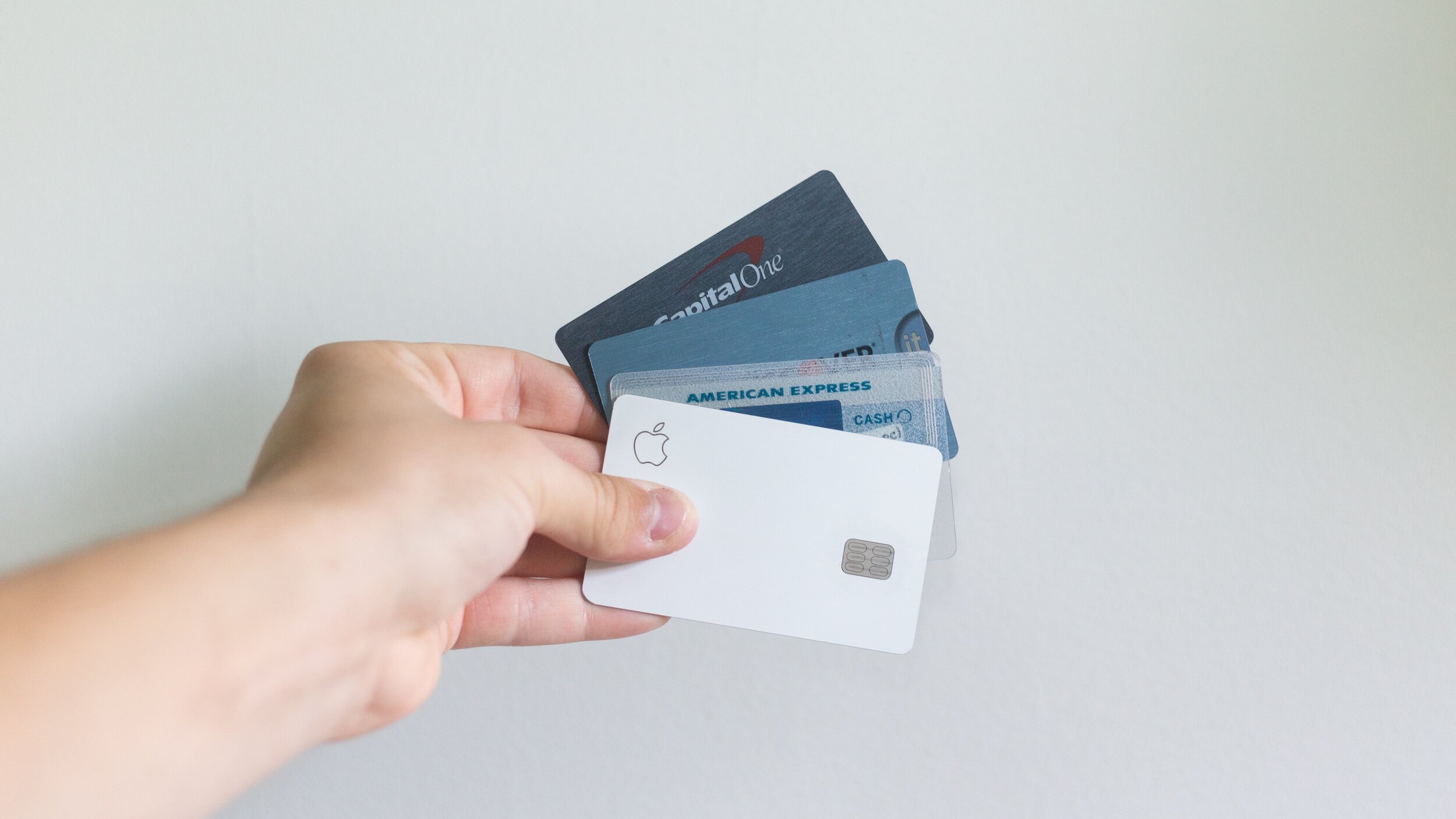If you accept credit cards and are working virtually, you may have noticed an increase in your credit card fees. Prior to the pandemic, I swiped my clients’ cards in person using a card reader (also known as a dongle). When the cardholder is present, the card can immediately be verified by the credit card company and the rate is lower. When my clients were present in my office the rate was 2.4% +25 cents. Now I email my clients an invoice and the rate is 2.9% +25 cents. If I chose to hand key the credit card into Quickbooks, I would be charged 3.4% + 25 cents.
I review my credit card processing options every few years to see if I can reduce my costs. When I was charging my clients in person (pre-pandemic) I used Quickbooks GoPay card reader, I switched to GoPay when I realized the rate was much lower than Stripe’s. I chose GoPay because I was already using Quickbooks for my accounting, the card reader works well, and their rate was the lowest. That rate is only available to customers who use Quickbooks’ accounting software. The software requires some effort to learn and I still use a bookkeeper to review my books each quarter to check for errors.
Here are a few of the many credit card processing options that are available.
I use a few apps in addition to my Quickbooks invoicing, but many of my clients prefer to receive an email invoice. I use the CashApp which currently does not charge for transactions, this product was created by PayPal, and several of my clients use it and like it. The downside is their customer support is not great. Zelle is a Wells Fargo app that doesn’t require your customers to have a Wells Fargo account, it’s easy to use and there are no transaction fees. I use Venmo for my Brainspotting consulting work and currently there are no fees, but Venmo is now launching a business version with will include fees.
If an existing client asks me for a fee reduction due to a current financial hardship, I will ask them to pay me via Zelle so I can save money on the transaction cost and pass that savings on to my client as part of the reduced rate.
There are so many options for accepting payments and this post could be ten pages long. The bottom line is that I want to offer my clients a convenient, modern way to pay for therapy and I consider these fees to be part of the overall cost of running a service business. If you are feeling frustrated about the high cost of credit card processing, it may be time to raise your fees. I’m interested in hearing about your credit card processing choices., feel free to connect with my on FB, Instagram or via email.







